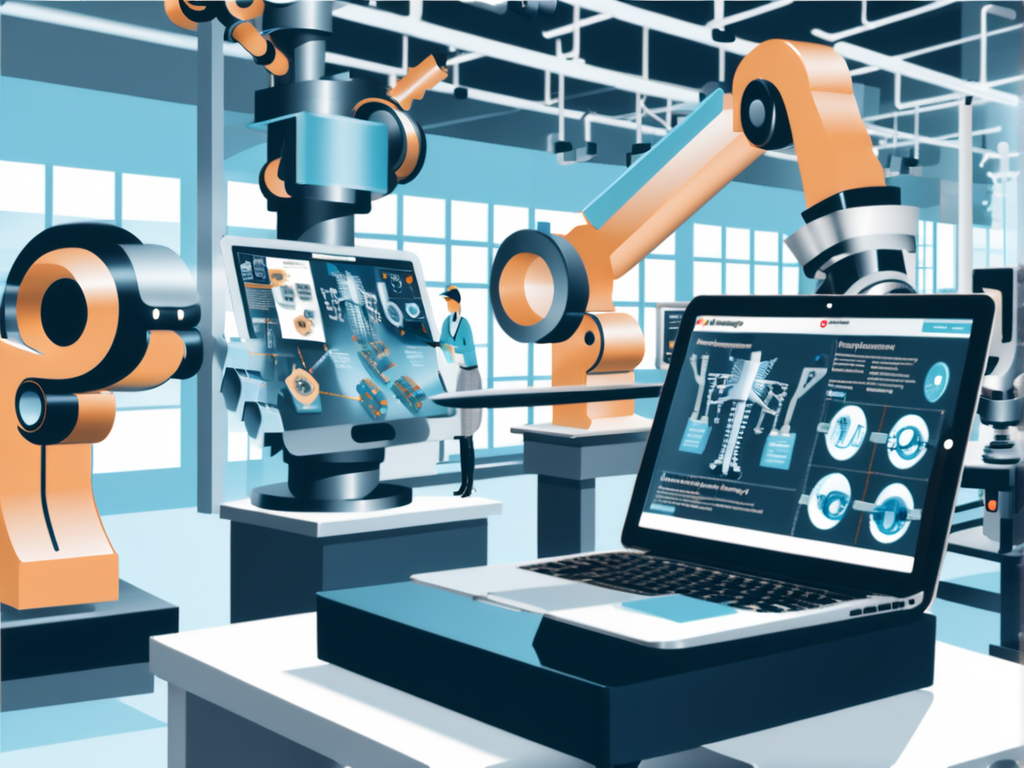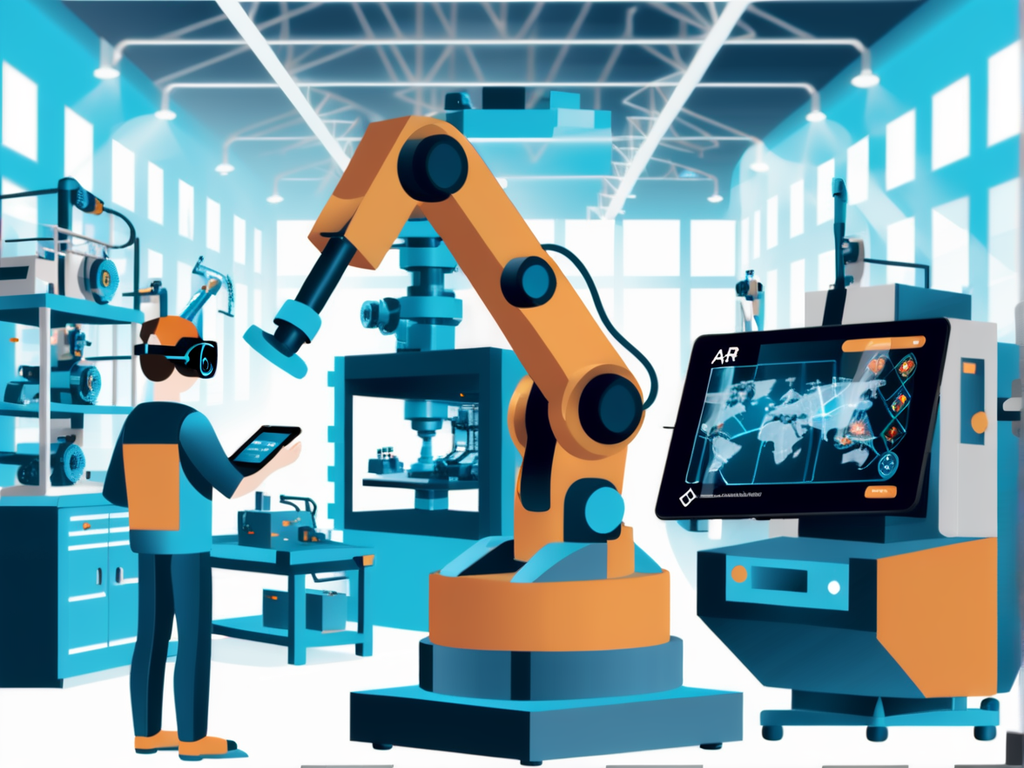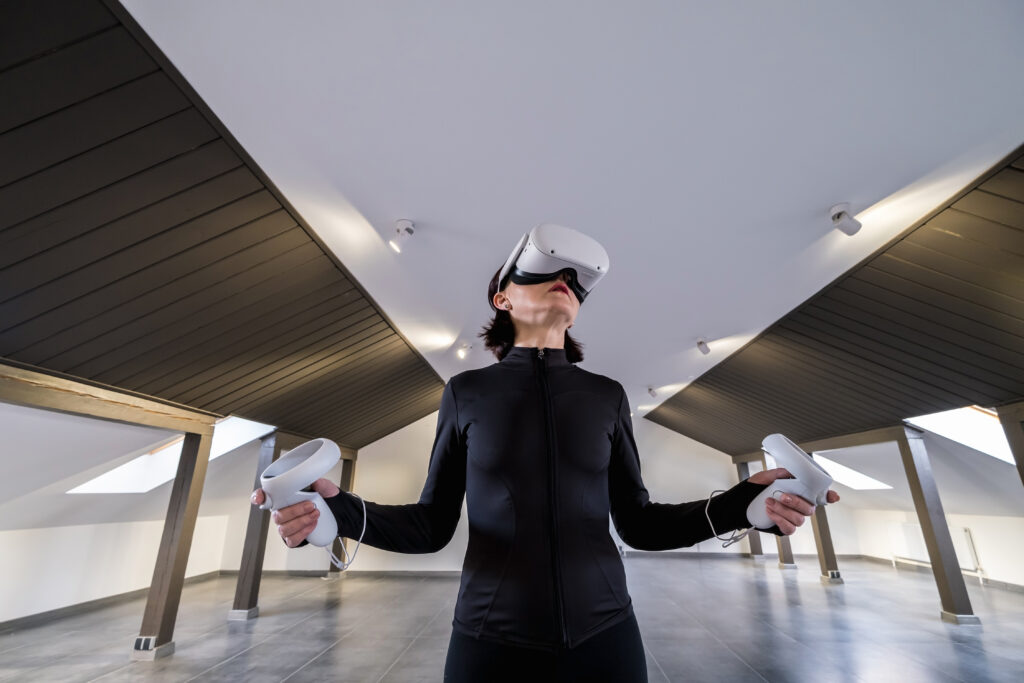The manufacturing industry is on the brink of a profound transformation, driven by the integration of augmented reality (AR) technology. AR has the potential to redefine how manufacturing processes are executed, monitored, and optimized in what is known as Industry 4.0. In this article, we will explore the impact of augmented reality on manufacturing, offering expert insights backed by experience, scientific data, in-depth knowledge, and comprehensive studies. Join us on a journey through the revolution of Industry 4.0.

Augmented Reality Unveiled
At its core, augmented reality blends the digital world with the physical world. Through the use of specialized glasses or headsets, AR overlays digital information onto the real environment, creating a seamless fusion of the two. This technology opens new doors for enhancing the manufacturing process.
Industry 4.0 and the Smart Factory
Industry 4.0 represents the current industrial revolution, characterized by the integration of digital technologies into manufacturing. Augmented reality plays a pivotal role in this revolution by enabling real-time data visualization and decision-making.
Digital Work Instructions
With AR, workers can access digital work instructions overlaid on physical objects, providing step-by-step guidance and reducing errors. This technology is invaluable for complex assembly processes.
Remote Assistance
AR allows experts to provide remote assistance to on-site technicians through live video feeds, annotations, and real-time communication. This is especially beneficial for resolving complex technical issues.
Use Cases and Applications
Assembly and Maintenance
AR simplifies assembly processes by providing visual cues and instructions, reducing training time, and improving efficiency. It is also a powerful tool for predictive maintenance, enabling timely equipment inspections and repairs.
Training and Onboarding
AR simplifies employee training and onboarding by providing immersive, hands-on learning experiences. New employees can become proficient in tasks faster and with greater confidence.

Challenges and Integration Hurdles
As with any digital technology, data security is a concern. Manufacturing companies must establish robust cybersecurity measures to protect sensitive information accessed via AR.
Integration with Legacy Systems
Many manufacturing facilities operate with existing systems and equipment. Integrating AR with these legacy systems can be challenging but is essential for a seamless transition.
Efficiency and Productivity Gains
AR enhances manufacturing efficiency and productivity by reducing errors, streamlining processes, and optimizing equipment maintenance.
Efficiency gains translate into cost savings, and by enabling remote assistance and reducing travel, AR contributes to a more sustainable manufacturing ecosystem.
As we embrace the era of augmented reality in manufacturing, the possibilities are breathtaking. AR is poised to redefine how manufacturing processes are executed, monitored, and optimized. From enhancing assembly and maintenance to simplifying training and onboarding, AR is the technology that will define Industry 4.0.
However, challenges and integration hurdles must be met with diligent planning and investment. Ensuring data security and compatibility with existing systems are paramount.
The integration of augmented reality in manufacturing is marked by its transformative potential. We are at the threshold of a revolution that promises to enhance efficiency, reduce costs, and pave the way for a more sustainable future in the world of manufacturing. As AR continues to evolve and seamlessly integrate into the manufacturing process, its true impact will become increasingly evident, solidifying its place as a cornerstone of Industry 4.0.








































